TSMC's better than expected first quarter not a sign of stronger smartphone sales ahead
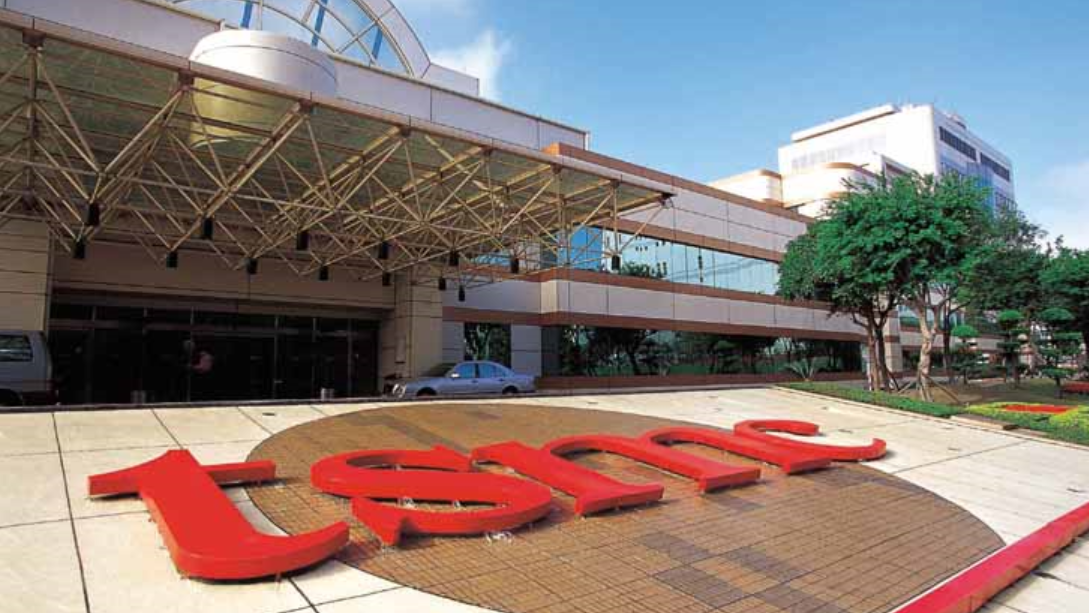
TSMC is the firm that turns chip designs from companies like Apple, Huawei, and Qualcomm into chipsets used on devices like the iPhone 11 Pro Max, the Huawei P40 Pro, and the Samsung Galaxy S20 Ultra 5G. The foundry has just announced that during the first quarter of 2020, which includes the three months from January through March, it generated revenue of $10.31 billion USD with profits amounting to $3.9 billion USD for the period. That topped the $3.52 billion USD profit that several analysts had forecast for the quarter.
The profits were also 90.8% higher that the bottom line figure that the company reported during the same quarter last year. On a sequential basis, the first quarter profits were .8% higher although the revenue was down by 2.1%. The net profit margin was 37.7% and the operating margin was 41.4%.
Apple is TSMC's largest customer and Huawei accounts for 10% of sales
Apple is TSMC's largest customer and with research firm IDC expecting smartphone shipments this year to drop 2.3% to 1.3 billion units, it appears that the foundry is going to have a problem keeping its handset business in the black. In fact, during the first quarter the company's revenue related to smartphones dropped 9%. Besides making chips for handsets, TSMC churns out components for other products including laptops.

TSMC's quarterly revenue depends on the global smartphone market
Besides Apple, Chinese manufacturer Huawei accounts for a huge chunk of TSMC's annual revenue, believed to be 10%. As we told you yesterday, Huawei is concerned that the U.S. could block TSMC from shipping to Huawei the chips that the foundry has manufactured for them. That's because Huawei, considered a national security threat in the states, is not allowed to access its U.S. supply chain including the Google Mobile Services version of Android. Under the Foreign Direct Product Rule, the export of any product made overseas that contains 25% or more original American content can be controlled by the U.S. government. Since the Trump administration has yet to block Huawei from receiving the chips that TSMC makes for it, we can assume that these components are made up of less than 25% American-made parts.
However, the U.S. has been discussing dropping that threshold down to 10% and at that point, the export of just about every product made overseas containing any original American content could be controlled by the U.S. government. This would be a huge problem for Huawei because it wouldn't be able to source the important chipsets it needs to make its handsets. The manufacturer has started turning the production of less cutting-edge chips used for its low and mid-range phones over to SCIM, the largest chip manufacturer in China. But with SCIM several process nodes behind TSMC, Huawei still needs to rely on the Taiwan based firm to churn out the 5nm Kirin 1012 for the upcoming Mate 40 series; expected to be released before the end of 2020, the Mate 40 and Mate 40 Pro will be Huawei's most technologically advanced handsets of the year.
After reporting its first quarter numbers, TSMC cut its estimate of global smartphone sales for the year and also slashed its own forecast of foundry sales for 2020. Wendell Huang, VP and Chief Financial Officer of TSMC, surprised some analysts by predicting that TSMC's second quarter revenue will be "flat." That is actually being called a very positive call by TSMC since several analysts have cut their Q2 forecast due to the pandemic.
TSMC will soon start production of Apple's A14 Bionic chipset which will be the first produced for smartphones using TSMC's 5nm process node. This will allow each chip to contain 15 billion transistors compared to the 8.5 billion transistors shoehorned into the A13 Bionic. The higher number of transistors used in the A14 Bionic makes it more powerful and energy efficient than the A13 Bionic chipset.
Follow us on Google News

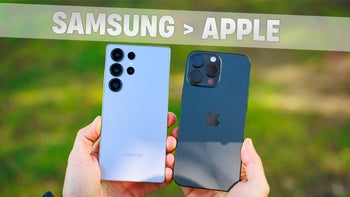
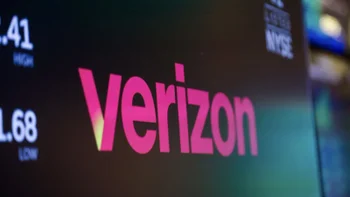
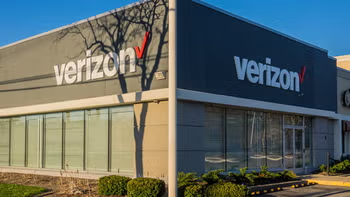
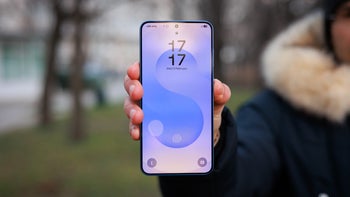

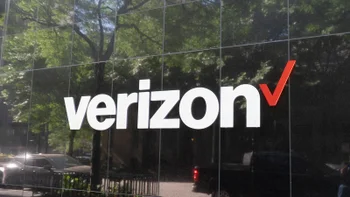

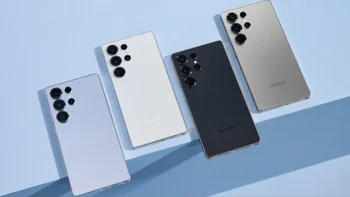

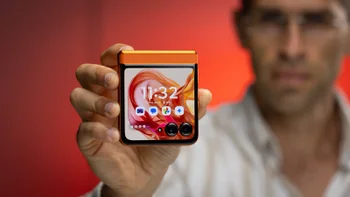
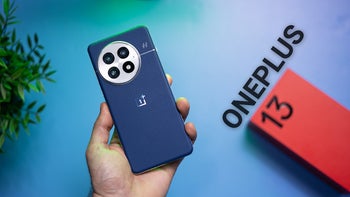
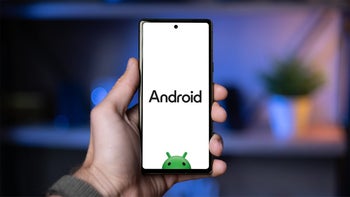
Things that are NOT allowed:
To help keep our community safe and free from spam, we apply temporary limits to newly created accounts: